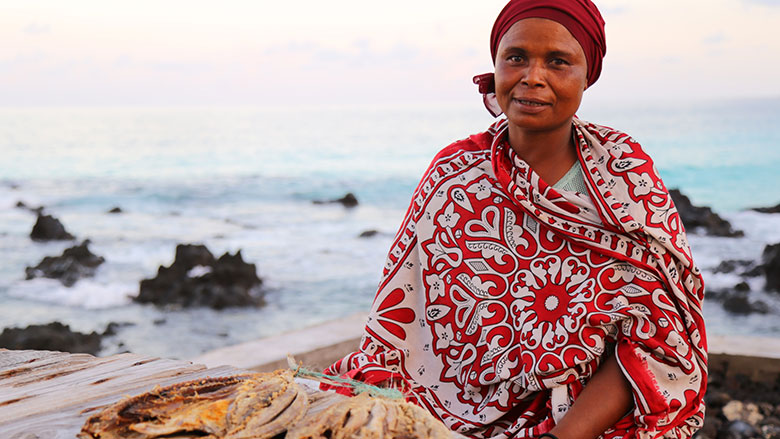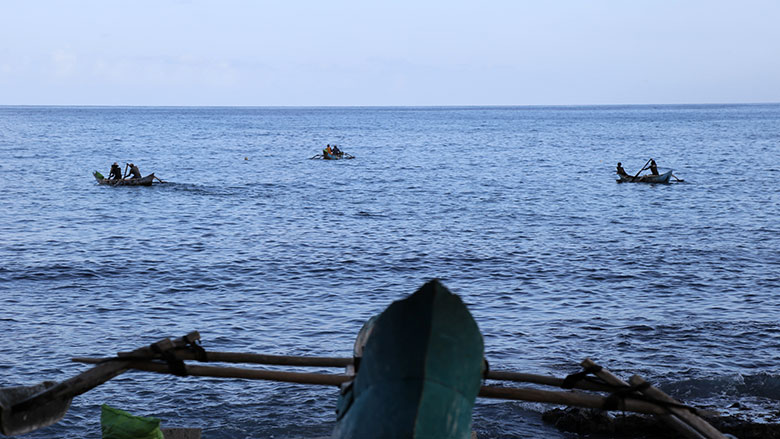MORONI, June 14, 2016 – After more than 50 years working as a fisherman, Ahmed Bourhane, 68, said that fishing in his village has changed.
“The work has become harder,” said Bourhane, who lives in Mtsamoudou, where he and about 10,000 residents depend primarily on agriculture and fishing for their livelihoods. “There are fewer fish, and we have to go further and further out into the open sea.”
An increase of fishers and overexploitation of fish stocks has presented a challenge in the Comoros archipelago, where roughly 140,000 people earn their livelihood from fishing. The National Investment Promotion Association (NIPA) puts annual production at 16,000 metric tons, virtually all of which is consumed locally, with the fisheries sector accounting for 10% of the country’s gross domestic product (GDP).
“Small-scale fishing provides a vital safety net for the disadvantaged groups in the Comoros, as it is a source of employment for a great many persons who are often poor,” said Coralie Gevers, World Bank Country Manager for the Comoros.
To help boost employment and revenue in the fisheries sector, the World Bank provides assistance to the sector through the Co-Management of Coastal Resources for Sustainable Livelihoods (CoReCSuD) Project, with funding from the Japanese Social Development Fund (JSDF), through the International Development Association (IDA), totaling $2.73 million.
The Directorate General for Fisheries Resources (DGRH) is responsible for implementation, in close collaboration with the Community Development Assistance Fund (FADC). The project also supports the Comoros Country Partnership Strategy’s goal of shared growth through a stronger, sustainable fisheries industry.


